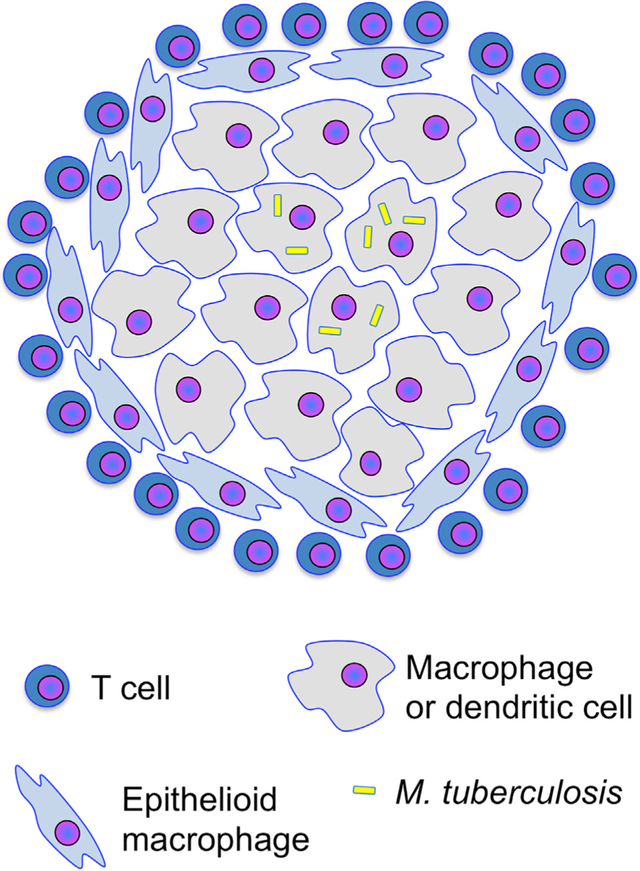Figure 2. Positional Limitation of T Cell Efficacy.
Granulomas form by aggregation of infected and uninfected macrophages, followed by epithelioid transformation of macrophages surrounding the initial aggregate. T cells are recruited to granulomas but often concentrate at the granuloma periphery and do not contact infected cells in the central region. Mechanisms that restrict contact between T cells and infected cells in granulomas may include: (1)failure to produce or respond to chemoattractants; (2) signals that repel T cells from infected cells; (3) failure of T cells to recognize infected cells and stop migrating; (4) killing of T cells in proximity to infected cells; (5) arrest of T cells when they contact uninfected cells that have acquired antigen; and (6) mechanical barriers that prevent T cells from penetrating to the granuloma interior.

